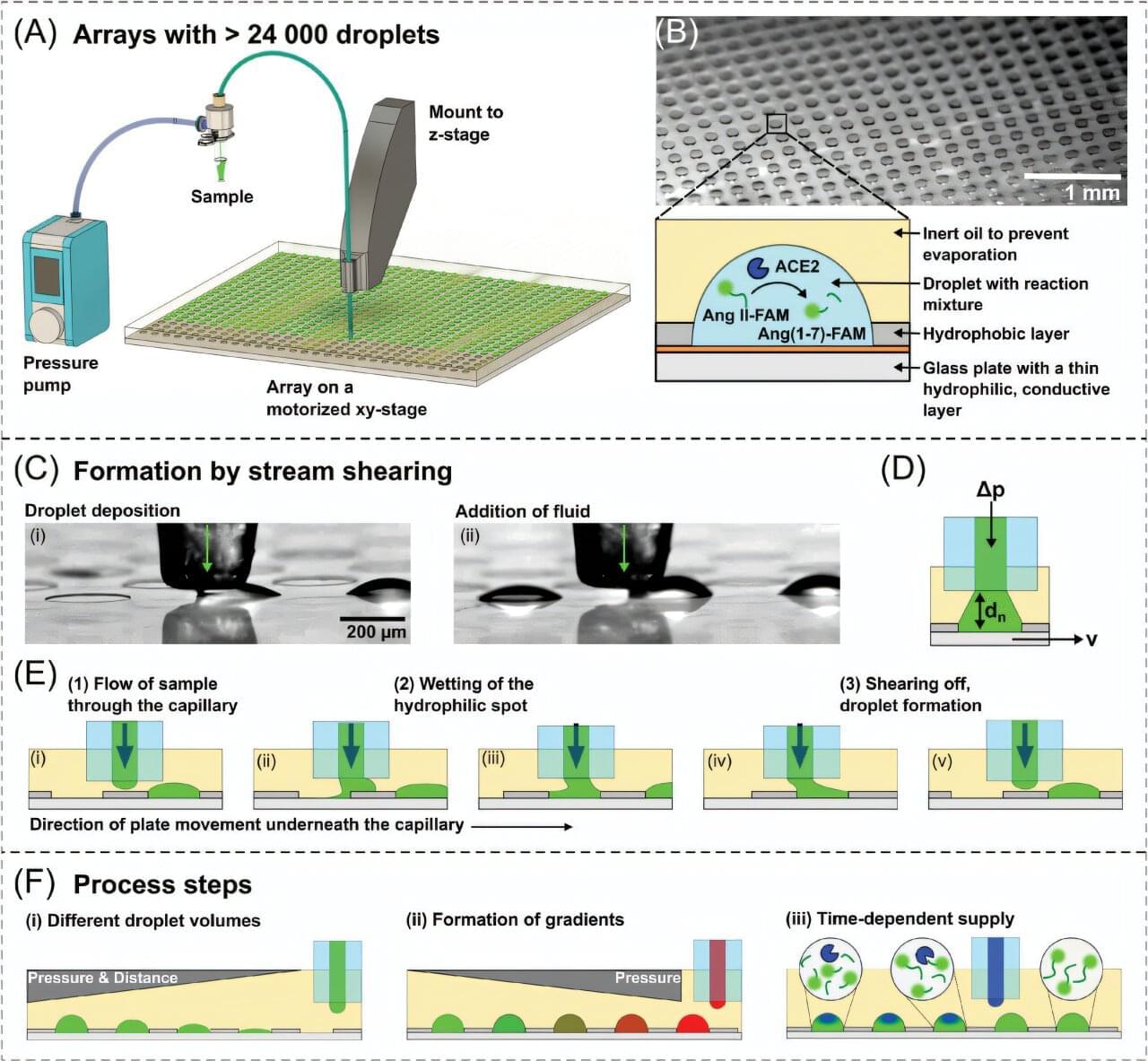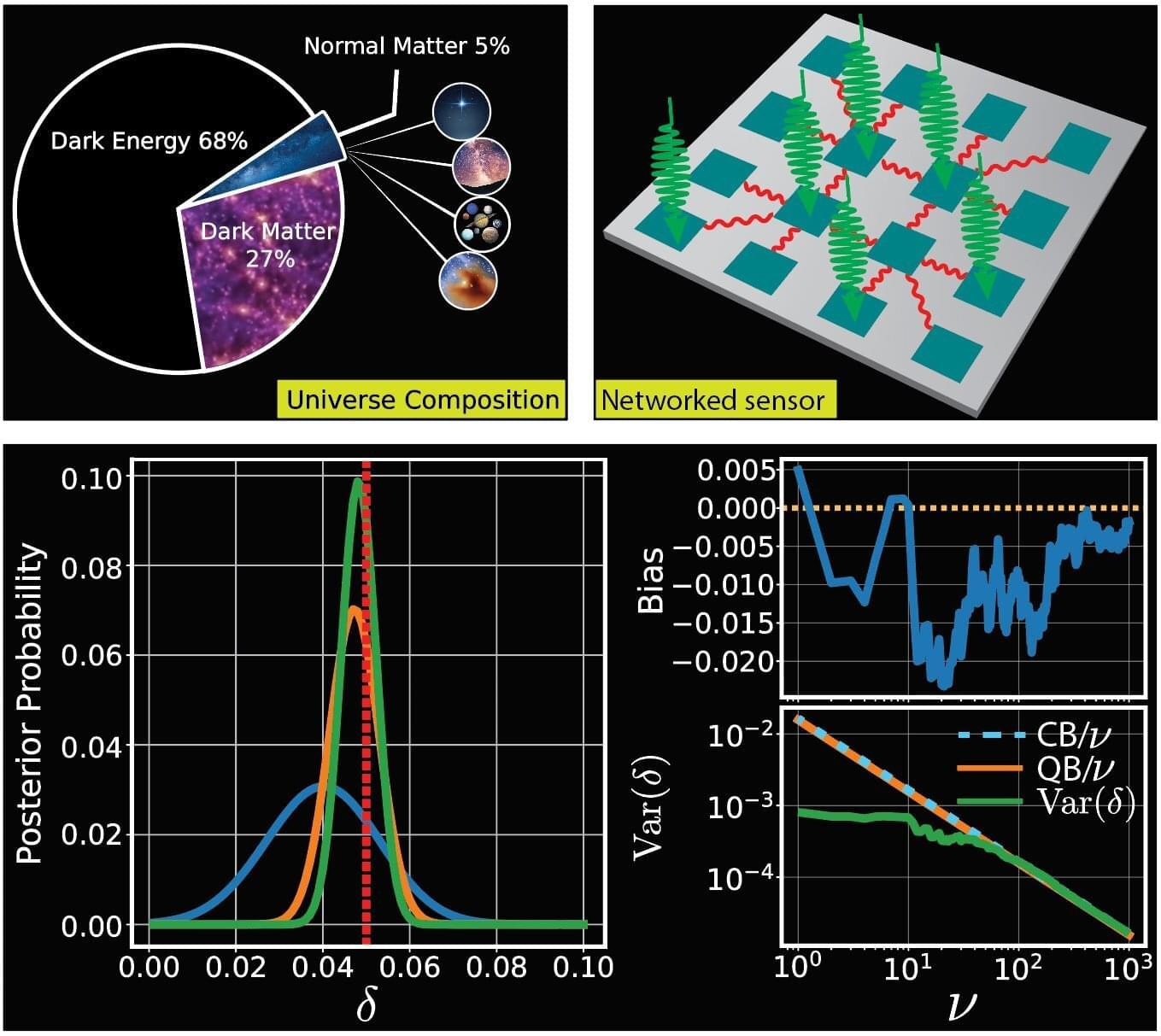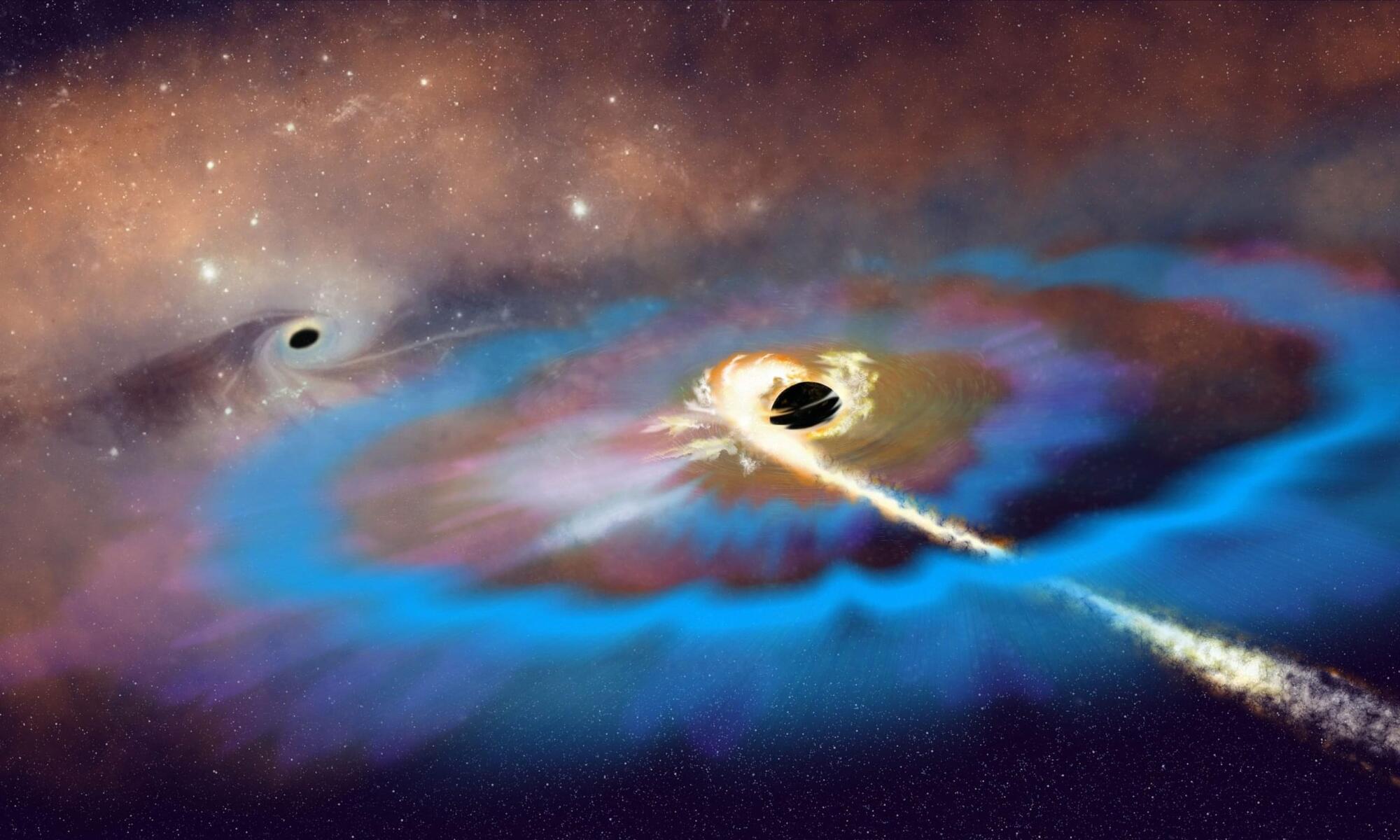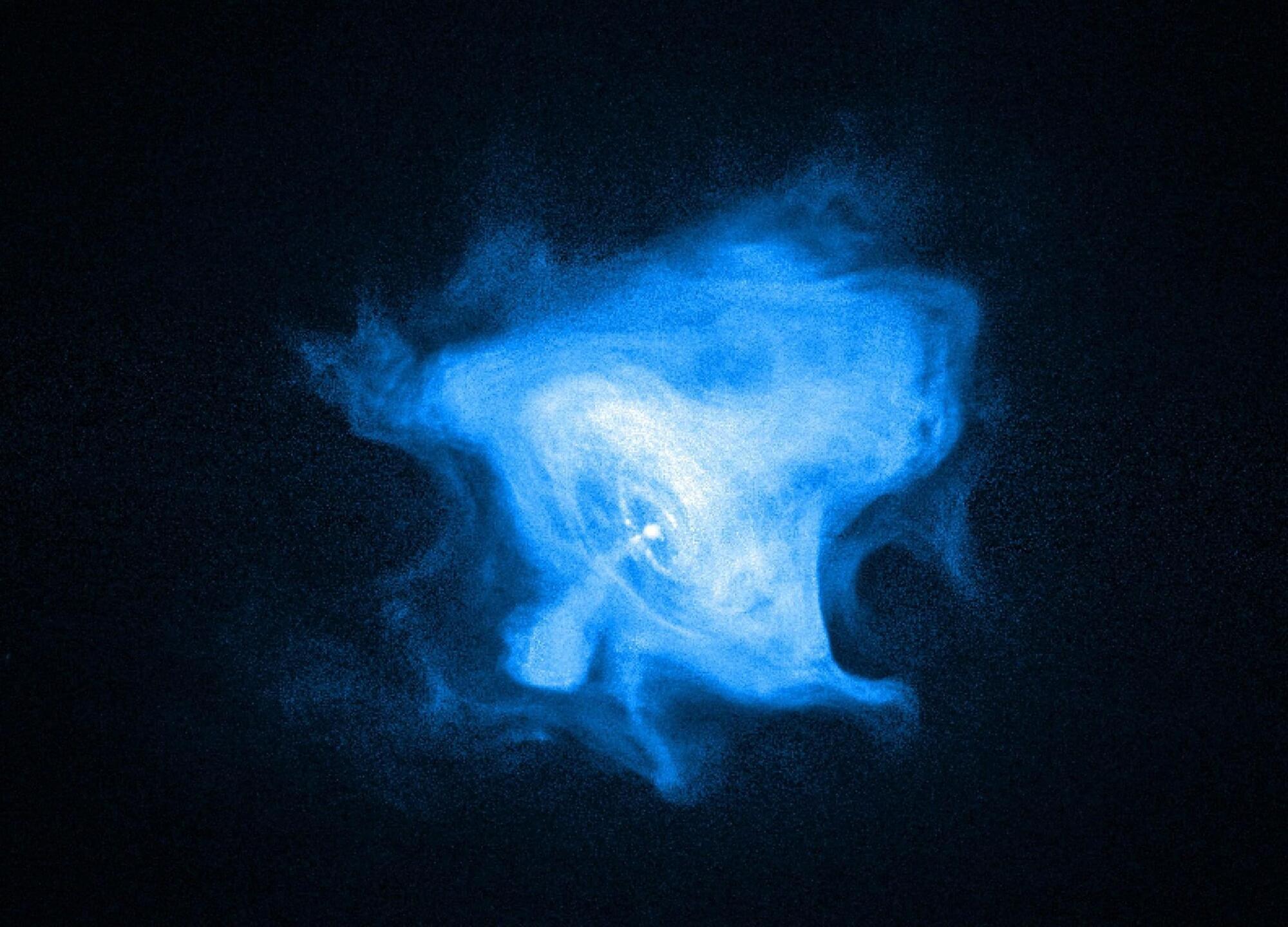Inside a lab in the picturesque Swiss town of Vevey, a scientist gives tiny clumps of human brain cells the nutrient-rich fluid they need to stay alive.
It is vital these mini-brains remain healthy, because they are serving as rudimentary computer processors—and, unlike your laptop, once they die, they cannot be rebooted.
This new field of research, called biocomputing or “wetware,” aims to harness the evolutionarily honed yet still mysterious computing power of the human brain.









